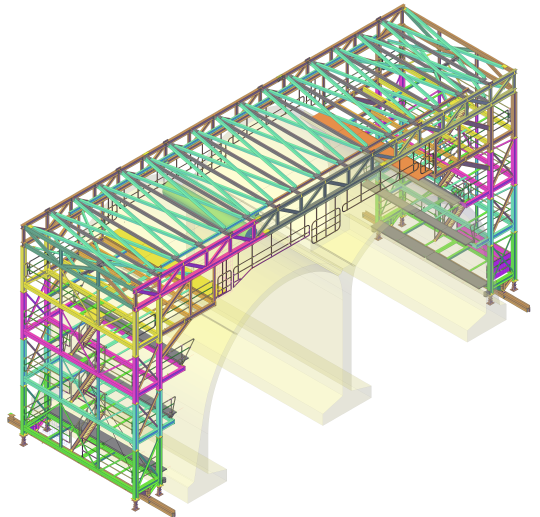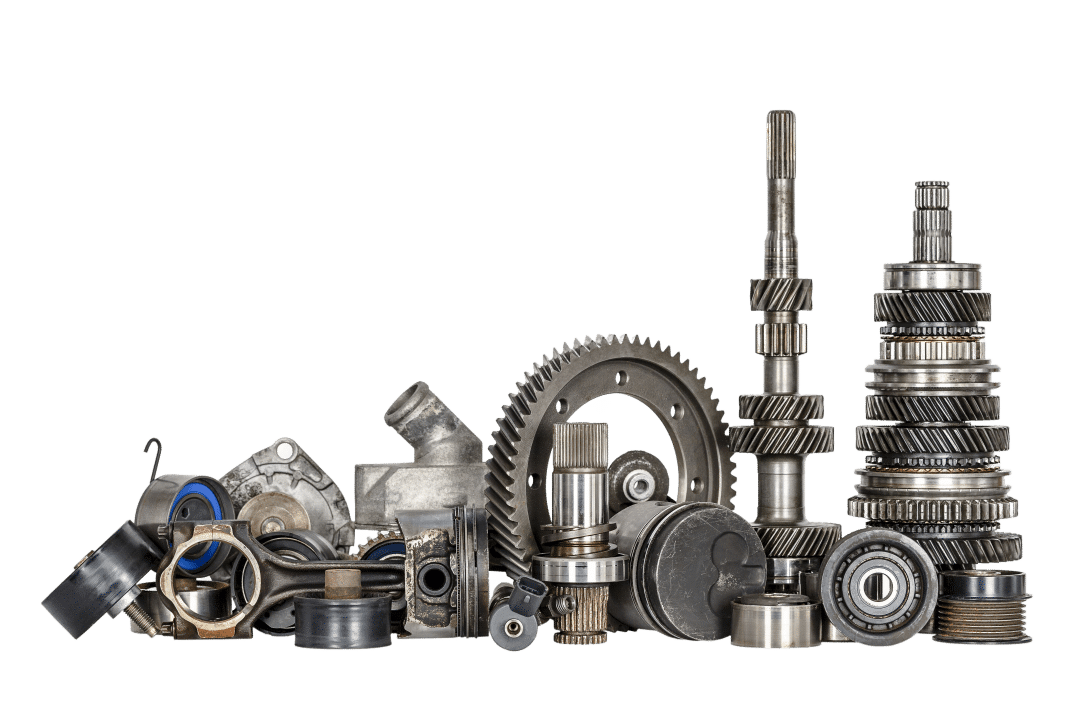The construction industry may be as old as time, but recent innovations in steel detailing and connection calculation software are changing the way we design and construct buildings in the real world. Not only do advancements in technology make construction safer and more sustainable, but they can also save valuable time both on and off-site. We take a look at some innovative ways in which computer-aided design and advanced steel detailing software can speed up the construction process on the ground.
Structural steel connection calculations
By using advanced connection software, structural steel connection calculations, which require massive amounts of data, can now be carried out in far less time. Experienced steel detailers, like the team at Restoric Design, use specialist software to ensure the bolts, plates and welds are suitable and able to handle the forces generated. These complex calculations can now be accurately completed using a variety of inputs, methods and formulas. Calculations can now be made for a variety of core connection classes, including beam to beam, splice, column to beam and bracing connections in a matter of hours.
Improved connection designs
Structural steel connection designs and calculations are an essential part of any construction plan, and recent improvements in software have drastically speed up a process that used to take weeks. Complex connection analysis requires huge amounts of data analysis and modelling, but with modern engineering software, we can process this far quicker. This extra information has allowed us to develop better connection designs, which are safer and quicker to construct. Improved connections can reduce the amount of work needed during the construction process, by optimising the way joints are fabricated and constructed.
Efficient construction
With accurate data and comprehensive connection drawing packs, project managers can now plan the construction project with greater efficiency than ever before. Construction management software is another innovative way technology has speeded up the real-world construction process, allowing managers to effectively deploy staff and schedule the various ongoing projects onsite. Specialist software has now been developed to speed up a wide range of tasks on-site, from billing and invoicing to ordering materials, reporting incidents and creating risk assessments. By creating an accurate and achievable schedule, it can be easier to monitor site progress and foresee potential issues.
Reducing waste
Effective computer modelling also allows architects, project managers and construction workers to better plan, spend and manage resources. With more accurate information available to project managers, they can place more accurate orders for materials, reducing waste and therefore excess costs. By using precisely calculated structural steel beams, fabricators can spend less time cutting and trimming excess materials.
Bolt optimisation
As computers have advanced, programmes can now take in far more information to make accurate and detailed calculations with billions of potential factors to consider. Complex calculations, like the number of bolts necessary in a whole building, can be carried out before construction even starts with effective steel connection design. Bolt optimisation can reduce the number of bolts necessary in construction, this obviously reduces material costs. However, it can also speed up construction by reducing the number of holes that need to be drilled by construction workers, without compromising the integrity of the structure.
At Restoric Design, we utilise the latest CAD (Advance Steel) and connection calculation (IdeaStatica) tools to give our clients the most accurate information possible before construction starts. Our experienced engineers can not only help you speed up construction with more efficient connections, they can also create accurate drawings, models and designs allowing you to plan and schedule your project with greater certainty. Get in touch with our team today to discuss your next steel construction project.



